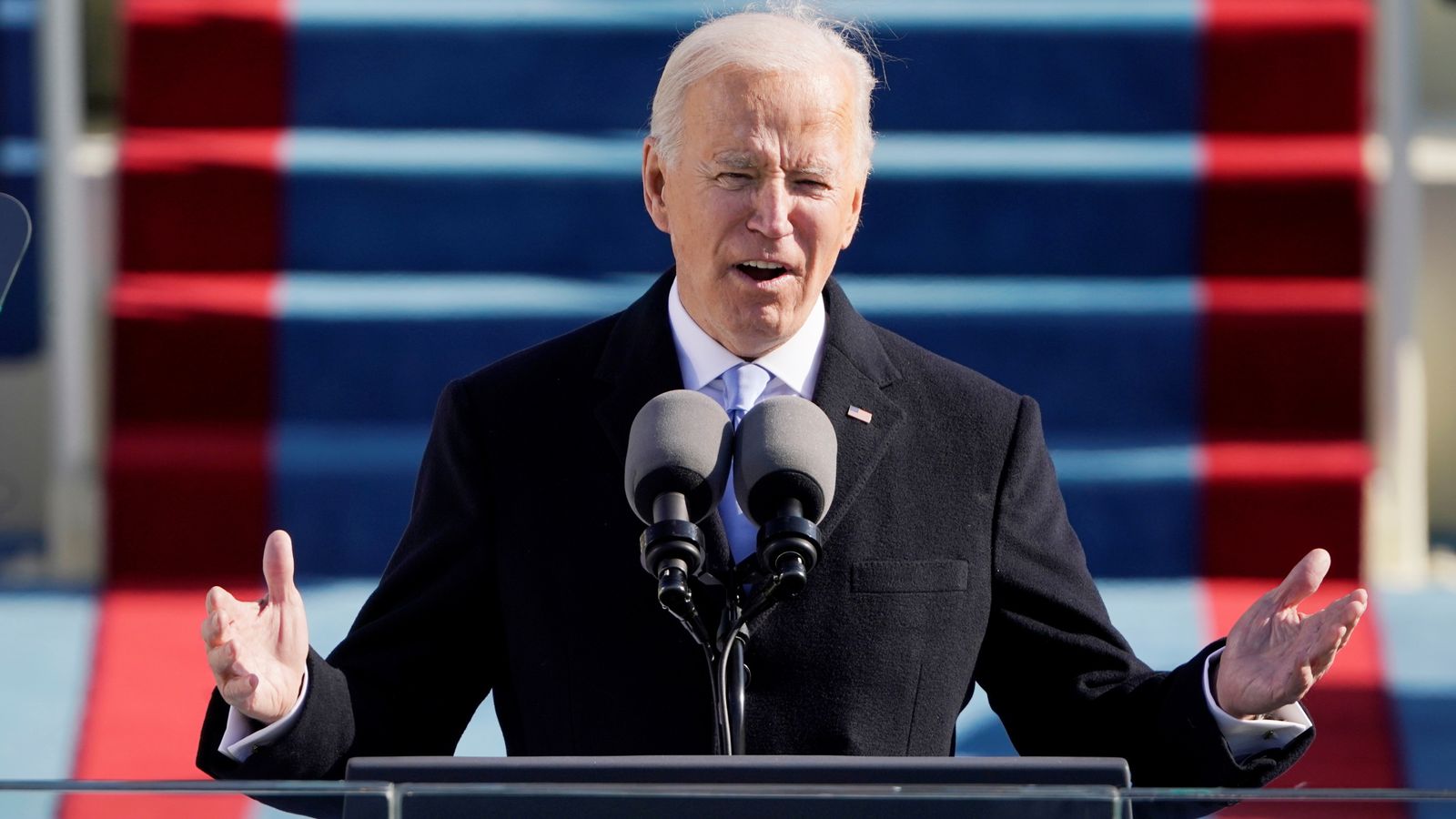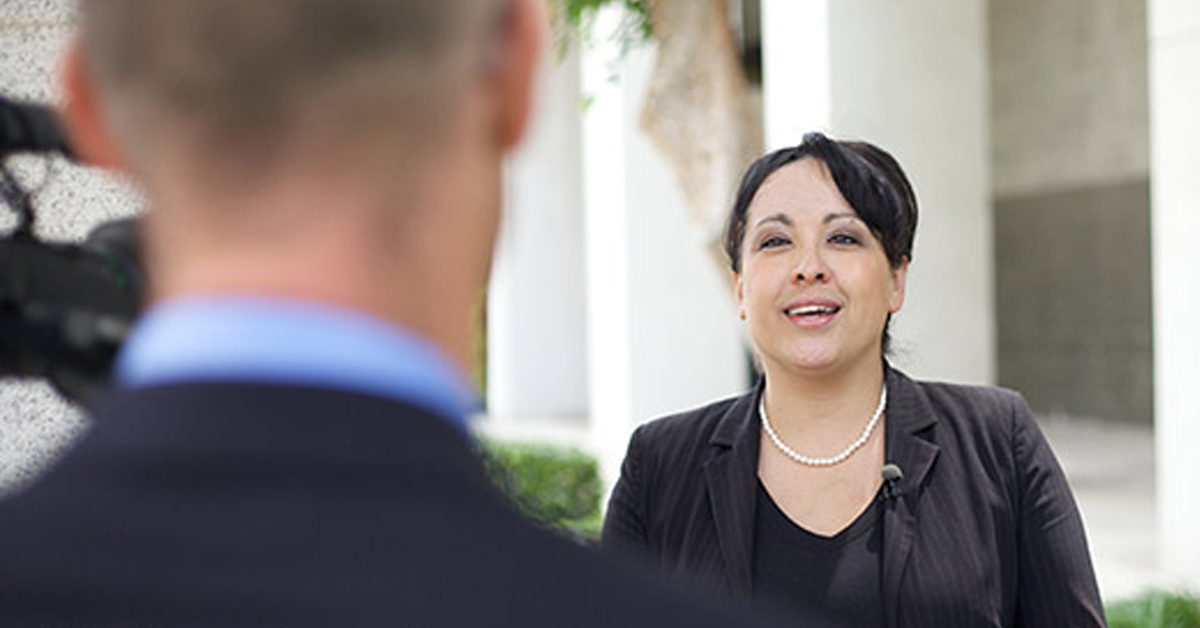Sometimes the best way to observe the excellence of our Central Valley is to take a break from policy statements and political maneuverings.
Sometimes you’ve got to take a walk.
That’s what I did on Monday.
Full disclosure – my aim when I set out from home was to dig into policy and politics. I headed to Clovis City Hall, thinking I could find such a story there.
I live near Fig Garden Village, in north Fresno. The jaunt ahead of me (one way) was about seven miles. But, I had the time and energy.
I headed east on Barstow Avenue – a beautiful day, made more so by the expectation that we’ll get some good rain later in the week.
I was most impressed by the new construction near Fresno State’s North Gym and at the Ag Department near O’Neill Park.
There’s no paved walking/biking path on Barstow between Maple and Willow avenues. That doesn’t bother an old Lindsay boy like me, but I’m guessing the route would get more attention from “alternative modes of travel” if such a path existed.
I crossed Willow and Freeway 168. I was in Clovis. I decided to cross from the south side of Barstow to the north side.
There are a handful of streets here that feed into Barstow – Pierce and Adler from the south, Helm and Sylmar from the north. I made my dart to the north side of Barstow.
I walked past Sylmar and came to an irrigation canal cutting diagonally across Barstow. The canal had a foot to 18 inches of standing water. A beautiful white bird (an egret?) was standing amid the water and weeds, a hundred feet or so north of Barstow.
The rest of the walk to Clovis City Hall was sidewalks, crosswalks and heavy traffic. I got to my destination only to discover the doors to my particular city department locked.
It was about 4:15 p.m. I was 75 minutes late.
I took a rest, made a pit stop at the county library next door, then headed home. It was getting dark. Only seven miles to go.
I carried a shoulder bag with various tools of the reporter’s trade. These include a flashlight. I was putting the flashlight to good use as I headed west on Barstow and approached the canal where I’d seen the bird.
I was on the south side of Barstow. I heard the voice of a man from somewhere near the canal on the north side. I couldn’t make out his words, but he sounded like a coach giving his players some rather rough encouragement.
Of course, I had to see what was going on.
I found about 20 young adults. All but one was in the water and muck of the canal. The exception was the man whose voice I had heard. He was on the far bank, still barking his encouragement/displeasure.
I scampered up the near bank. Two young men were below me, busy doing something in the water that I couldn’t decipher.
“Sir?” one of them said to me.
“What are you doing?”
“Marines,” he said.
“You’re all Marines?”
He smiled and pointed to a long pole anchored firmly in the canal’s mud. Sure enough, a small flag full of Marine Corps scarlet and gold was atop it.
I had come upon a some type of body-building, unit-building, morale-building training session.
I stopped talking – didn’t want to get anyone in trouble – and watched.
The afternoon temperatures had been in the low 60s. But now it was dark, with only a hint of light in the west. The air was cooling fast.
I couldn’t tell for sure, but it appeared all were males in their late teens or early 20s. They were lean. Not much hair on their heads. Their clothes seemed designed more for a run on the track than a romp in a cold swamp.
The gist of the action was a relay race.
Most of the Marines had been divided into two teams of about eight each. Each team was assigned to a side of the canal bottom.
At orders of the sergeant (assuming that’s his rank), the members of each team got into the push-up position. They were hip to hip, shoulder to shoulder. Their feet were on the sloping dirt of their side of the canal. Their hands and forearms were in the water. The gap between feet and hands was about five feet.
At the sergeant’s command, the first Marine on each team got out of his push-up position and began crawling as fast as he could beneath the raised bodies of his teammates.
When that Marine had finished his journey through the water and muck, he immediately assumed the push-up position at the end of the line. That was the signal for No. 2 in the line to begin the same journey.
Eventually all eight on each team completed the journey, and the contest was over.
I watched the teams go at it. Then they switched sides of the canal, and did it again. It’s not for me to say if everyone moved with joy. But it was obvious that everyone moved with speed and precision.
Finally, I had to move on. The Marines were still down there in that obscure Clovis canal.
All the way home I thought of what I’d seen and the day’s date.
Monday was Dec. 7, the 74th anniversary of the attack on Pearl Harbor by Imperial Japan that killed more than 2,400 Americans and put the United States in the thick of World War II for the duration.
The day will come in the not too distant future when all the brave American men and women who fought and endured at Pearl Harbor are dead. Father Time catches up to all of us.
How will we then determine the meaning of Dec. 7? As it stands today, we honor the date by honoring the survivors. That is how it should be. But I’m guessing the meaning of Dec. 7 in America’s consciousness will evolve into something different as the decades move on.
We have Memorial Day, honoring those who gave their lives in defense of America. We have Veterans Day, honoring those who served in defense of America (I’m a veteran; served in Germany in a nuclear missile unit).
Seeing those young Marines in the dark and obscurity of that Clovis canal nearly three-quarters of a century after perhaps the most tragic and controversial day in American military history made me think Dec. 7 might evolve primarily into a date for honoring the concept of duty.
Bearing the burden of duty for the long haul, and successfully fulfilling the obligations of duty, is as hard as it gets in life.
Mayor Ashley Swearengin has introduced a new word into Fresno’s political discourse – resiliency. Americans in the wake of Pearl Harbor showed their resiliency by doing their duty in the deadliest war in history.
I thought about calling the Marine Corps media office to see if I could track down the particulars of what I saw on Monday. What are the Marines’ names? Where are they stationed?
No, I decided. It’s more appropriate for this story that they remain anonymous.
On Dec. 7, 2015, they were simply American Marines doing their duty in yet another day of the long haul that is self-government.









An important and unexpected story, beautifully told.